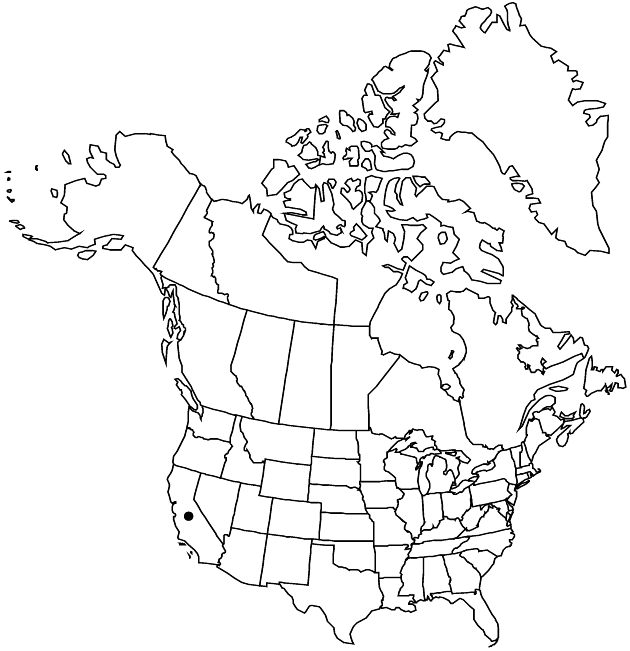Difference between revisions of "Amblyopappus pusillus"
J. Bot. (Hooker) 3: 321. 1841.
Treatment appears in FNA Volume 21. Treatment on page 348.
FNA>Volume Importer |
FNA>Volume Importer |
||
| Line 46: | Line 46: | ||
|publication year=1841 | |publication year=1841 | ||
|special status= | |special status= | ||
| − | |source xml=https://jpend@bitbucket.org/aafc-mbb/fna-data-curation.git/src/ | + | |source xml=https://jpend@bitbucket.org/aafc-mbb/fna-data-curation.git/src/8f726806613d60c220dc4493de13607dd3150896/coarse_grained_fna_xml/V19-20-21/V21_871.xml |
|tribe=Asteraceae tribe Heliantheae | |tribe=Asteraceae tribe Heliantheae | ||
|subtribe=Asteraceae (tribe Heliantheae) subtribe Baeriinae | |subtribe=Asteraceae (tribe Heliantheae) subtribe Baeriinae | ||
Revision as of 15:37, 18 September 2019
Leaves 1–3+ cm, often ± fleshy. Ray or pistillate corollas 0.6–1 mm (obscurely zygomorphic). Disc corollas 0.6–1 mm. Cypselae black, 1.5–2 mm; pappi of white or purplish, apically ± muticous scales 0.5–0.8 mm. 2n = 16.
Phenology: Flowering spring.
Habitat: Coastal bluffs, dunes, beaches
Elevation: 0–40+ m
Distribution

Calif., Mexico (Baja California), South America.
Discussion
Selected References
None.
Lower Taxa
None.
